
Opera Gallery at Masterpiece London 2019. Photograph by Ben Fisher. Courtesy of Masterpiece London
In his second column for LUX, art collector, advisor and chairman of Masterpiece London Philip Hewat-Jaboor discusses how art institutions are engaging a new generation of collectors and dealers

Philip Hewat-Jaboor. Photograph by Danny Evans
I’m often asked why we’re seeing a new generation of collectors and dealers entering the art market, and I think the impact of the past year has both accelerated this growth and brought into perspective how important it is for the art world to engage, nurture and support the young.
This past year all involved in the art world – museums, galleries, dealers and auctioneers – have had to evolve and come up with increasingly sophisticated ways to draw in new audiences. The move to online platforms has drawn in younger buyers who are digitally native and the process of buying art has become almost instantaneous, without any of the perceived barriers of a gallery or auction house. According to this year’s Art Basel and UBS Global Art Market Report, high-net-worth millennials are now the fastest-growing group of collectors.
Follow LUX on Instagram: luxthemagazine
In my opinion, one of the greatest changes we’ve seen over the past 20 years (and certainly since I first started working in the art world), is how knowledge and experience is communicated and shared. There has been a shift towards collaboration and discussion in art world, especially, over the past year. Knowledge, history, opinions and even prices are much more readily available whether that’s via a gallery’s website, through social media, an online article or panel discussion. This access to knowledge is vital to engaging younger collectors and nurturing new dealers.
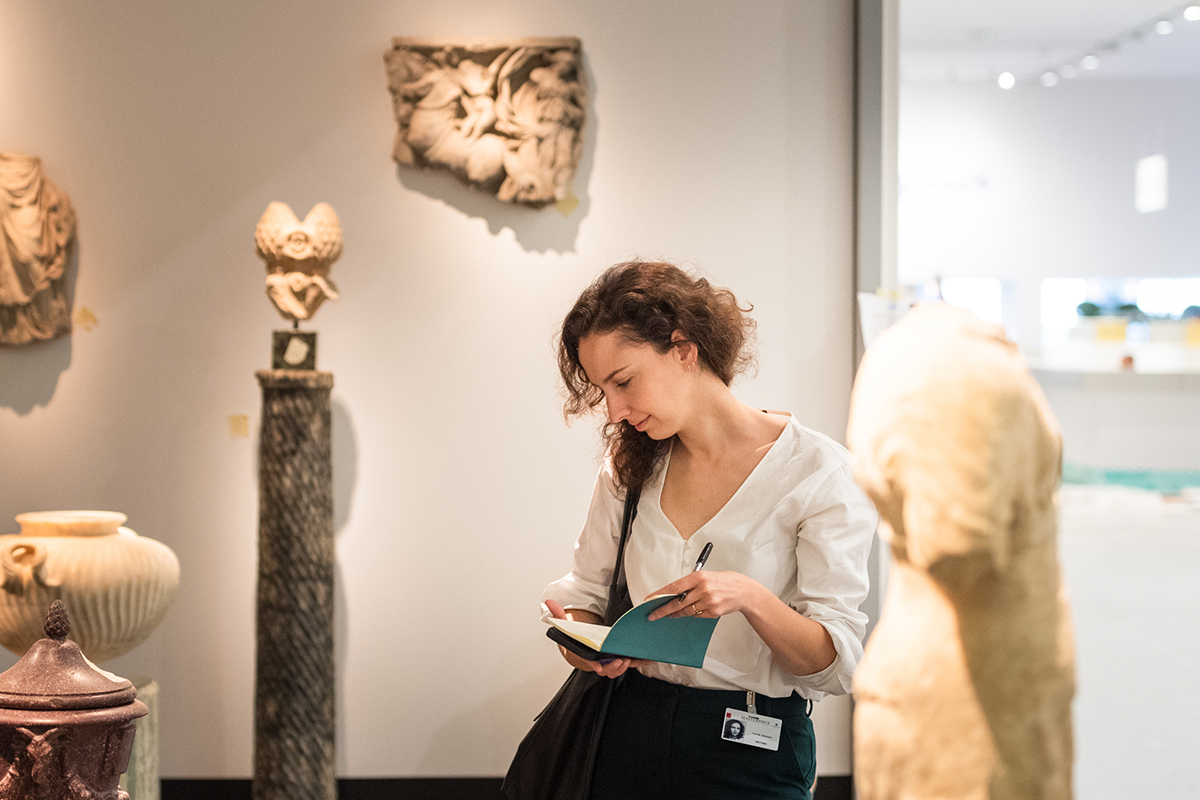
Masterpiece London 2019. Photograph by Ben Fisher. Courtesy of Masterpiece
Engaging with young people and reaching new audiences has never been so important to preserving the longevity of art, and over the last few years, there has been a dramatic increase in new initiatives, young patron groups and innovative uses of social media to provide a greater level of accessibility. Christie’s Education, for example, recently launched their Young Collectors Club, The National Gallery in London have a Young Ambassadors initiative, there’s the Young Patrons Circle at the V&A, and at Masterpiece, we have a Young Collectors group as well as a school of Vetting and museums-focussed symposiums open to young professionals. These not only invite younger generations to be part of the discussion, but give them the opportunity to discover a breadth of collecting possibilities and learn as much as possible from lots of different disciplines.
Read more: An exclusive private tasting of Ornellaia with Axel Heinz
Michael Diaz-Griffith, executive director of the Sir John Soane Museum Foundation in New York, founded the New Antiquarians to generate interest in collecting amongst a younger audience and is passionate about supporting the antiques business. “In the past two years, younger lovers of art, antiques and design have really started buying. They may have relatively small budgets, but they are spending in interesting ways – often a heady mix of old and new art, antiques and contemporary design,” he told me over email.
Photography, contemporary art and design are particularly appealing to the new collector, partly due to the more accessible price points whilst the world of traditional, or older works of art is less familiar and relies on the passionate communication of the dealer or museum curator to engage new collectors. Nevertheless, the thirst of the next generation to engage with works of art, to become involved and to expand the breadth of their horizons is really exciting to see.
Philip Hewat-Jaboor is Masterpiece London’s Chairman of the Fair. Read his previous column here
This year’s edition of Masterpiece London will take place online with smaller-scale live activations in London in June. For updates and online events, visit: masterpiecefair.com


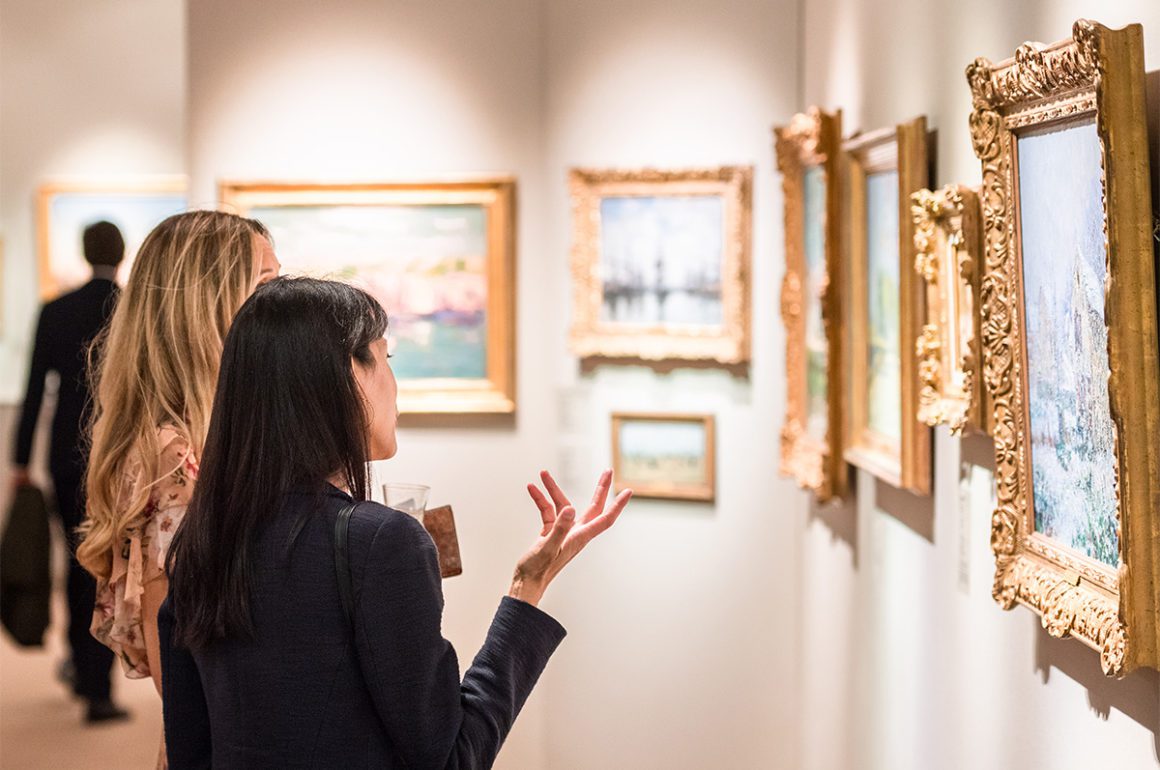
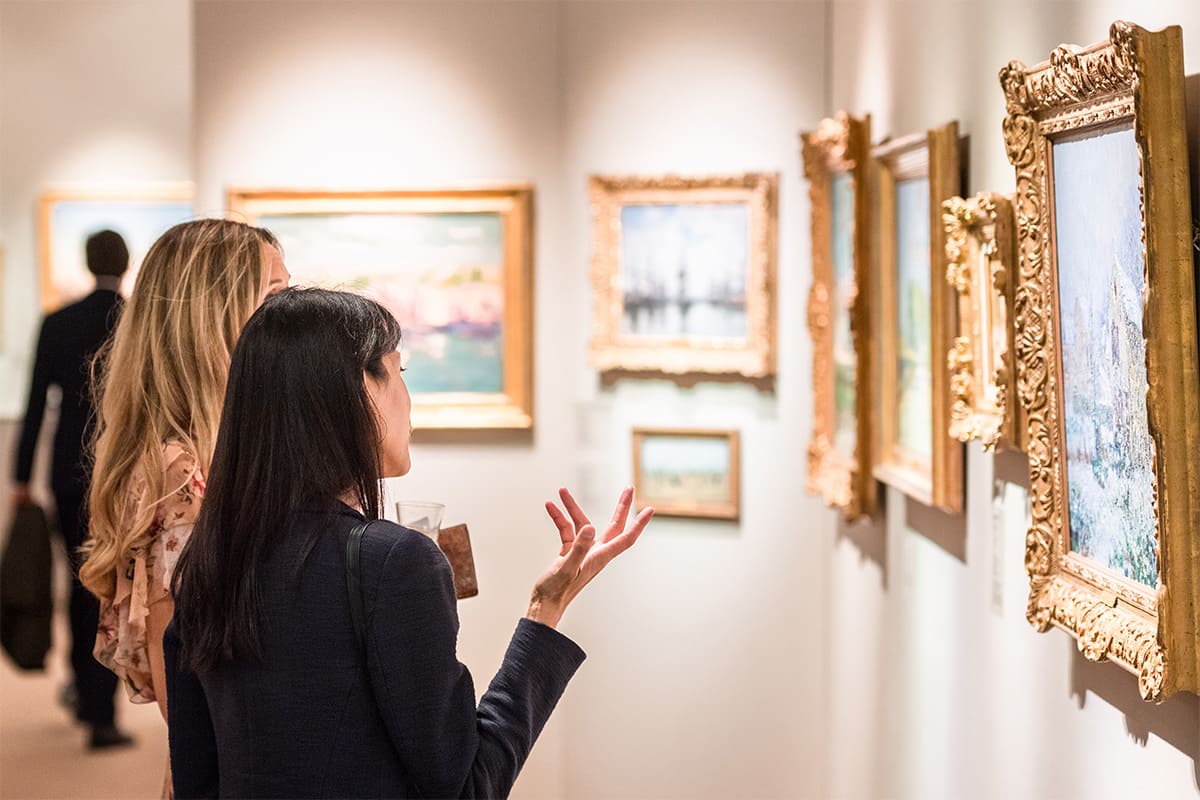
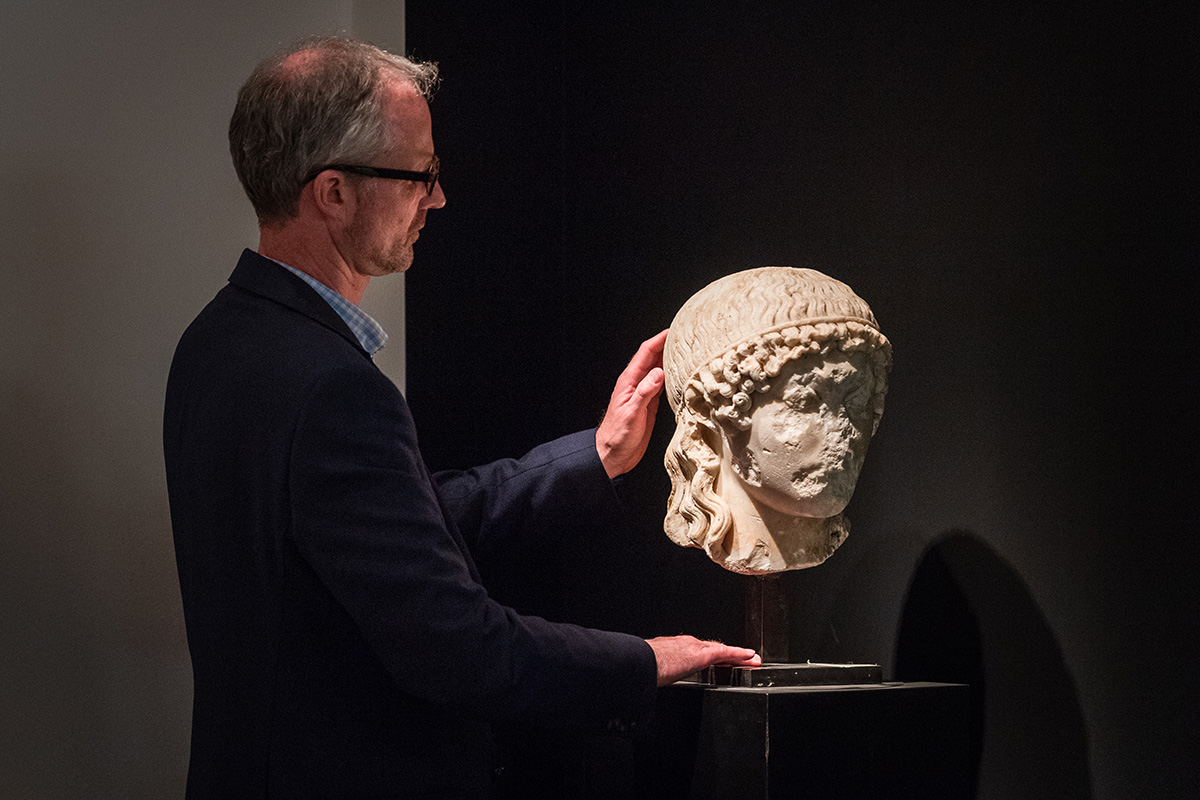
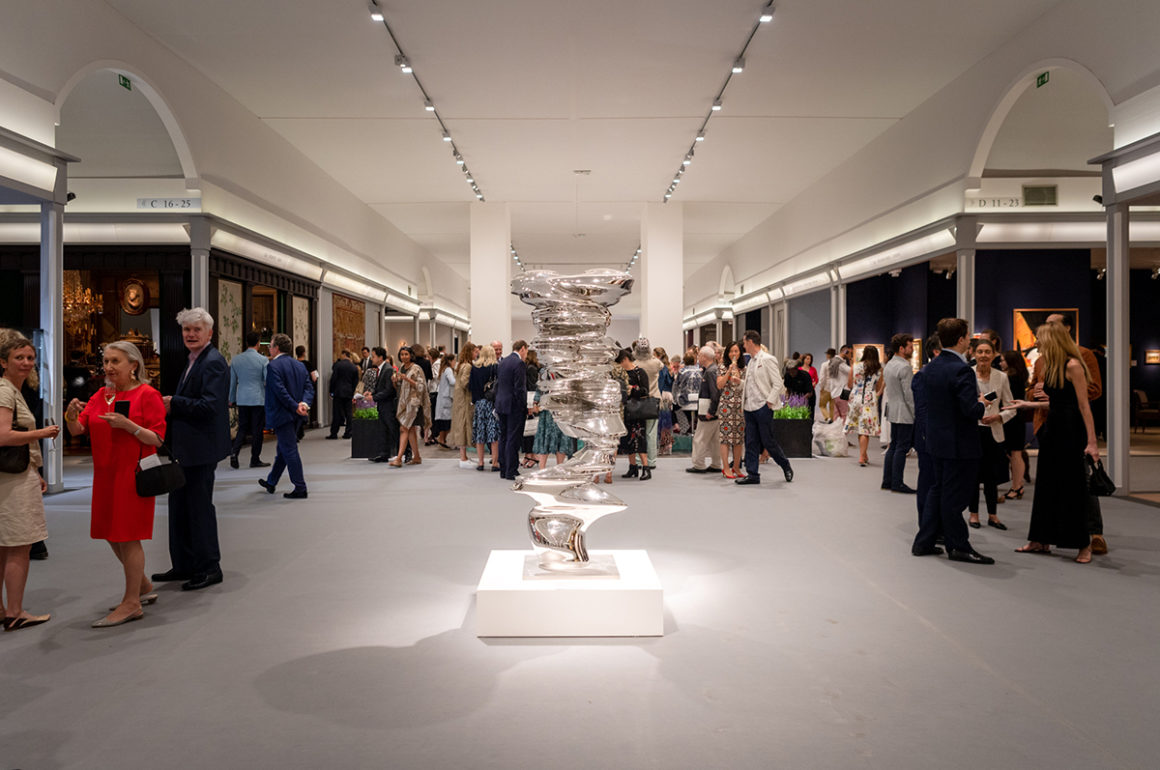
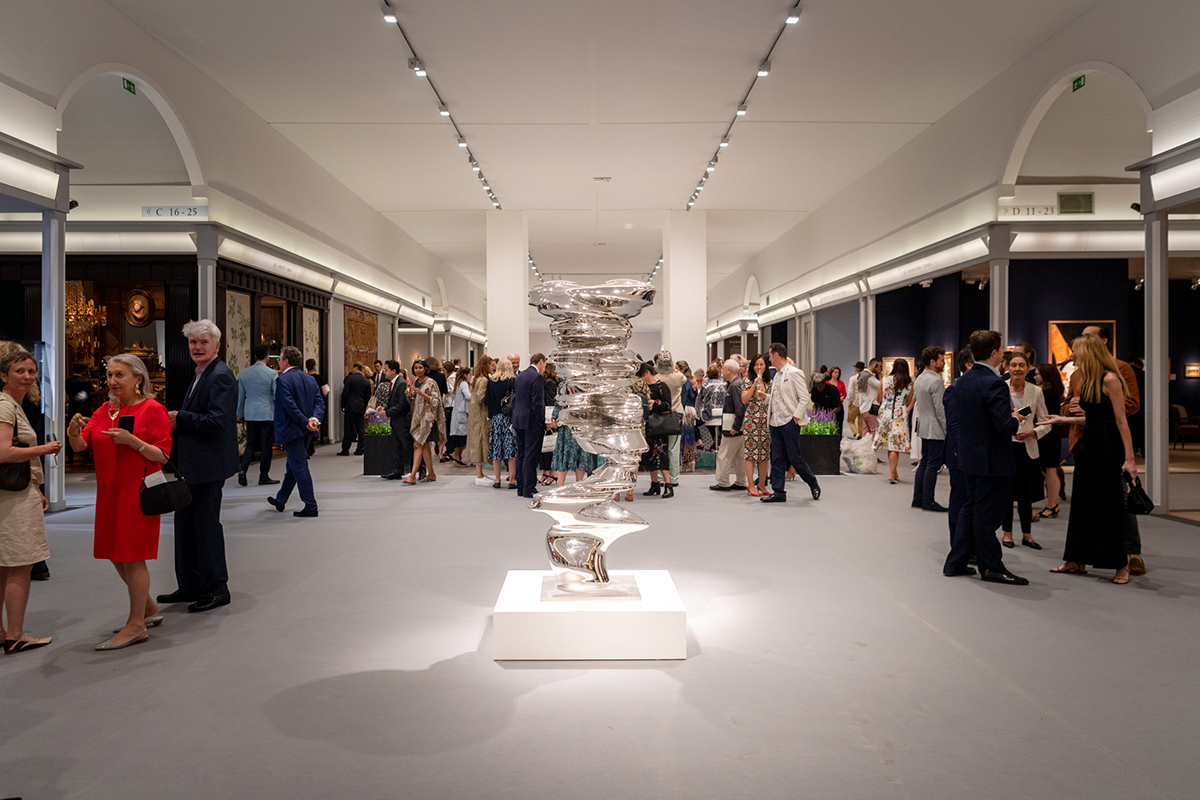
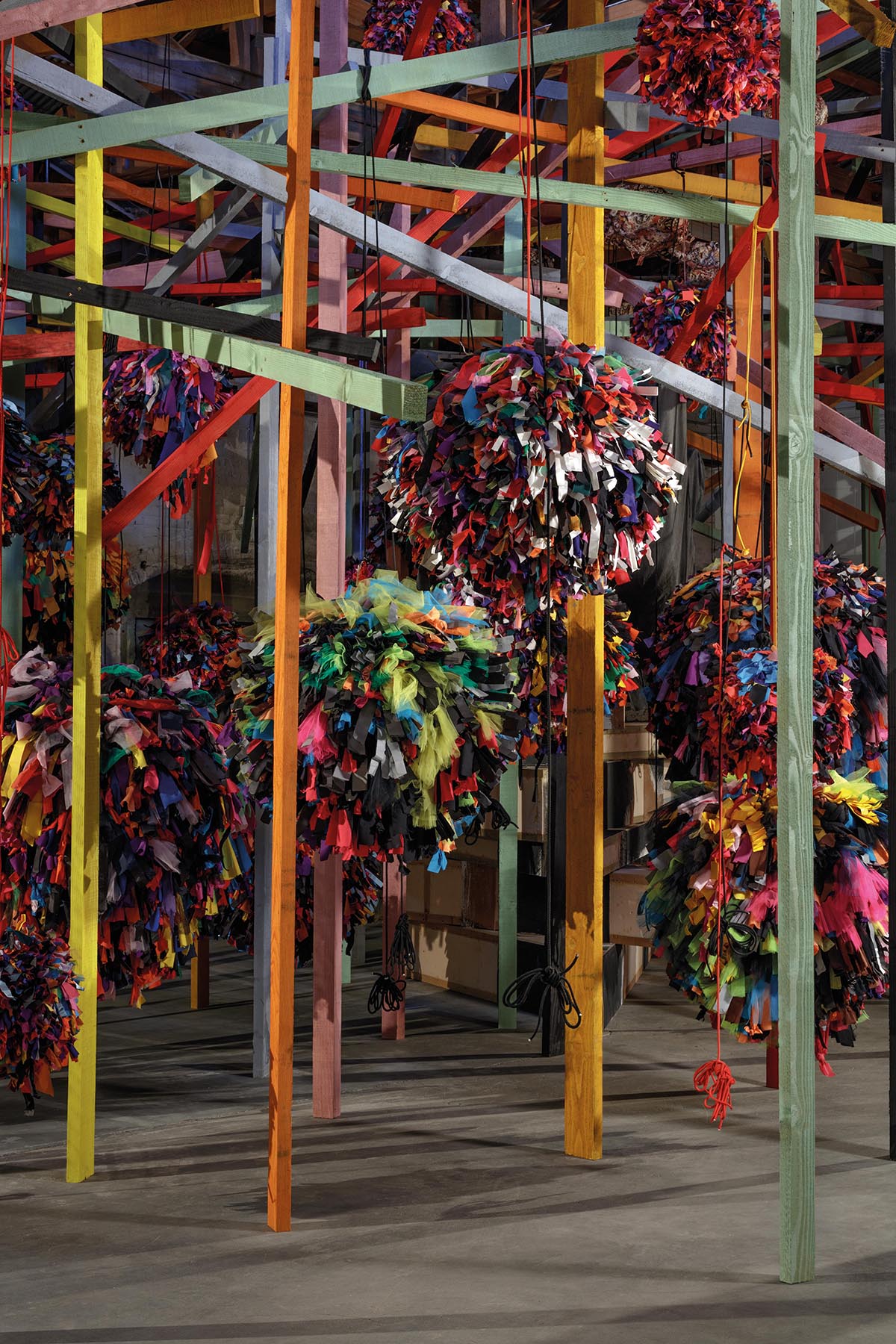
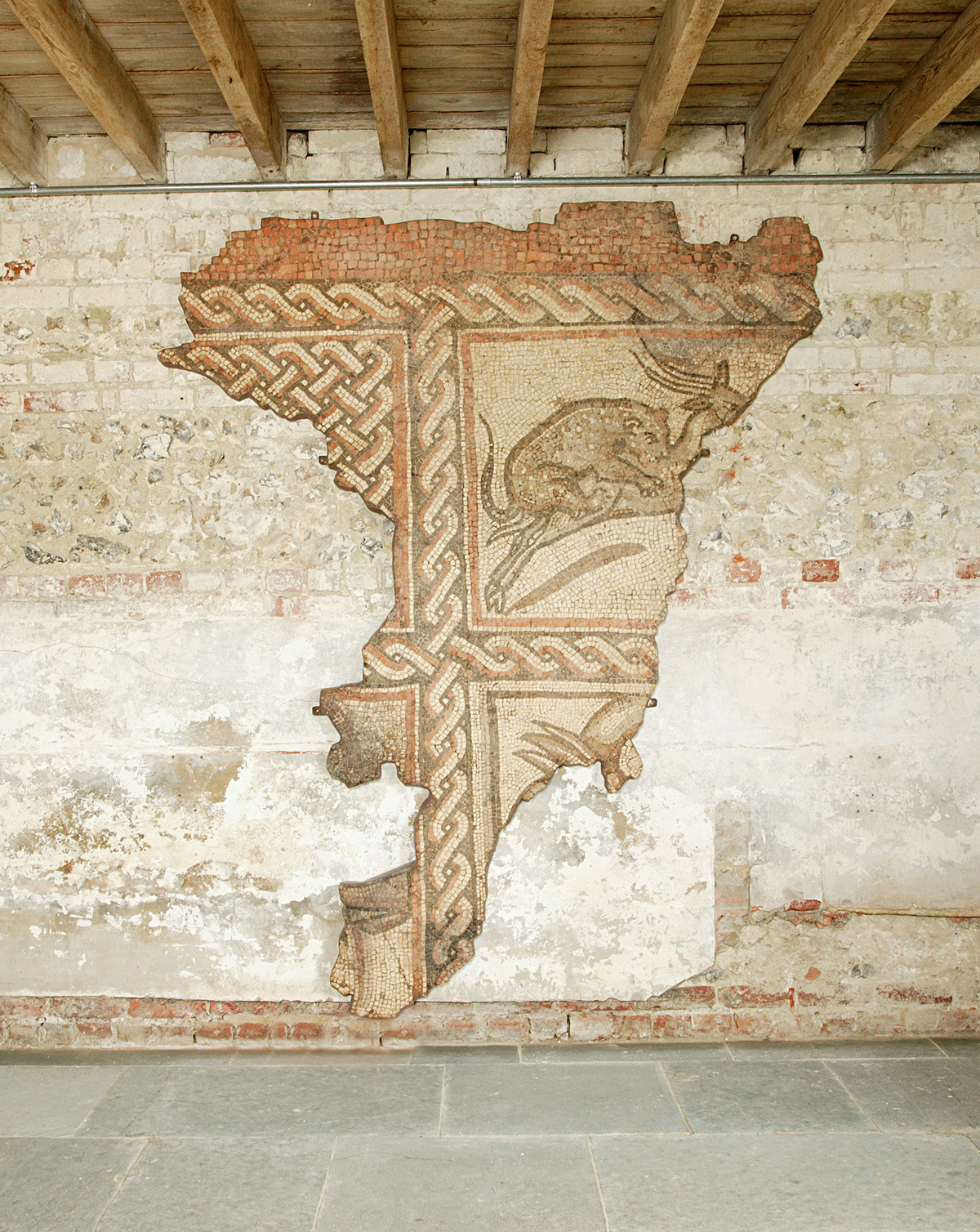
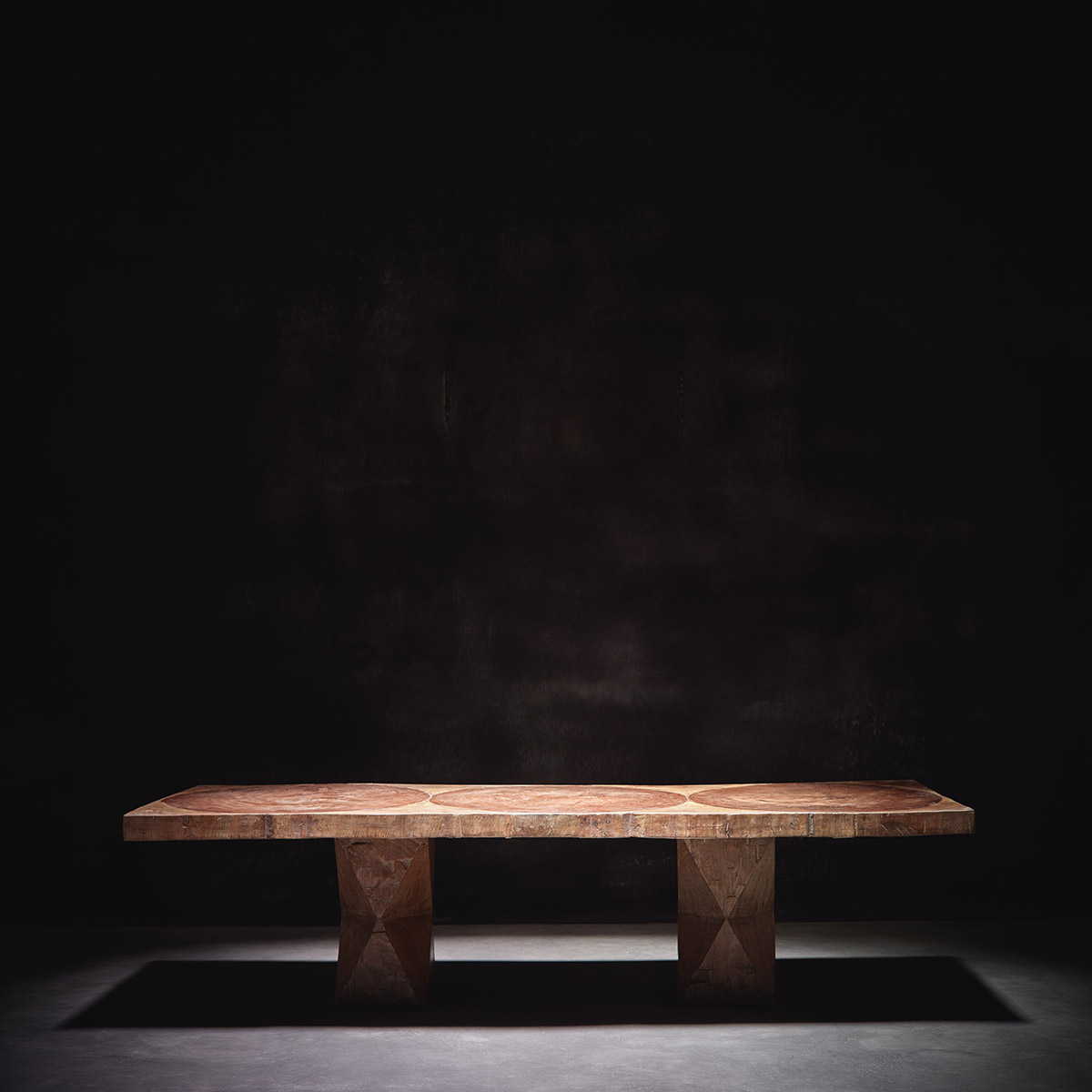





Recent Comments